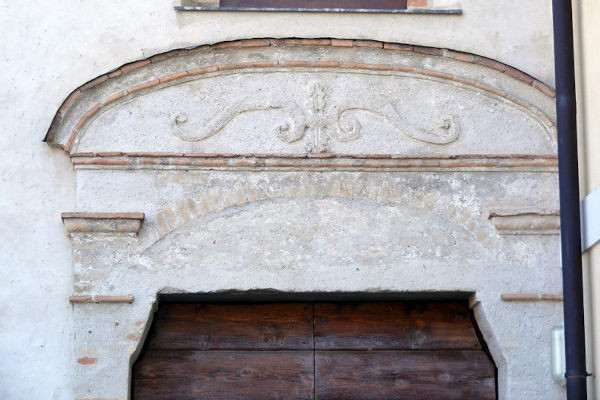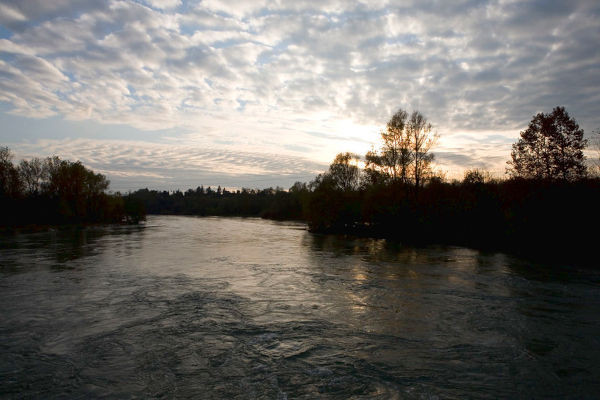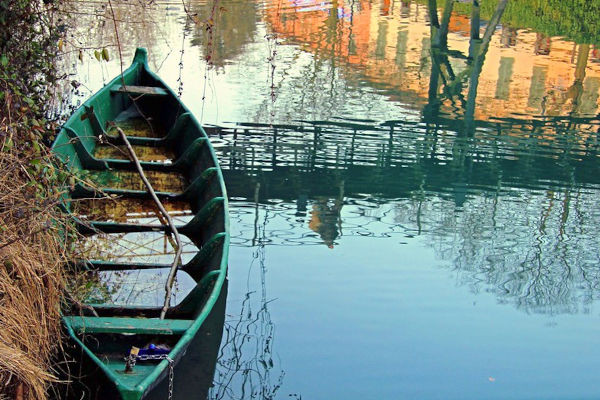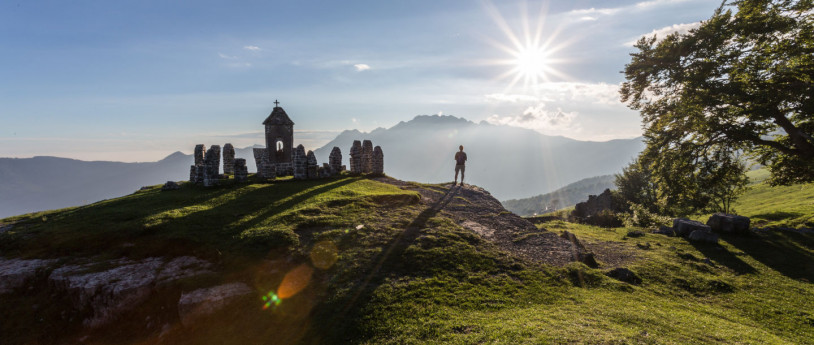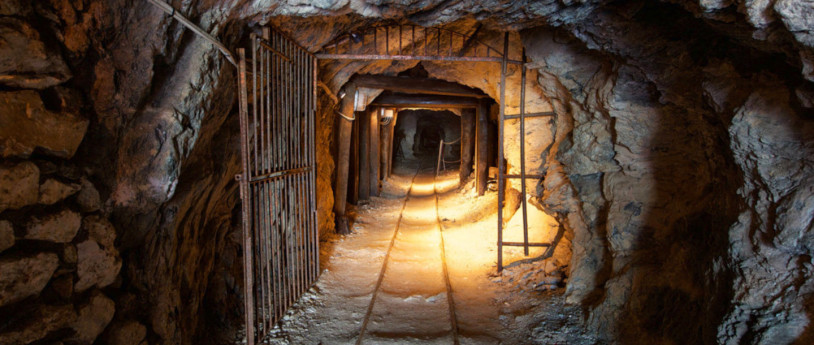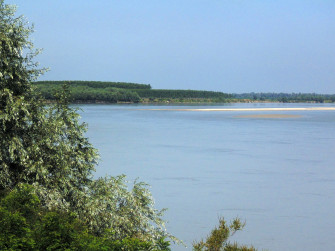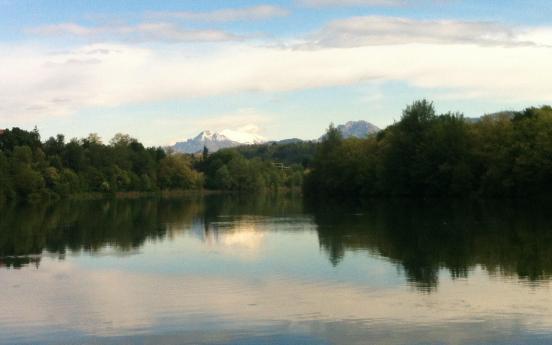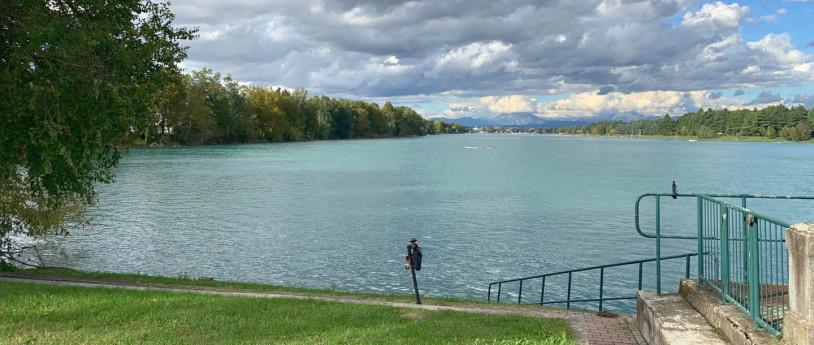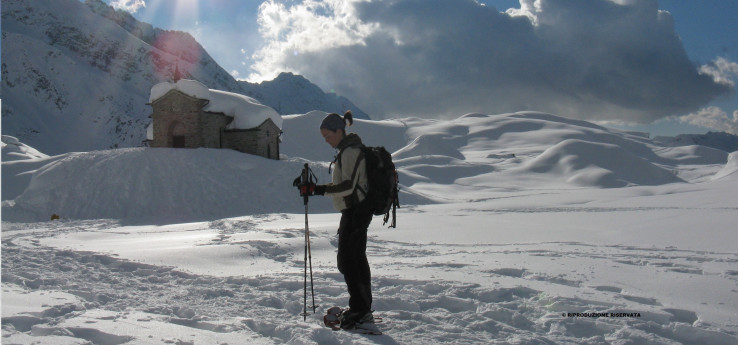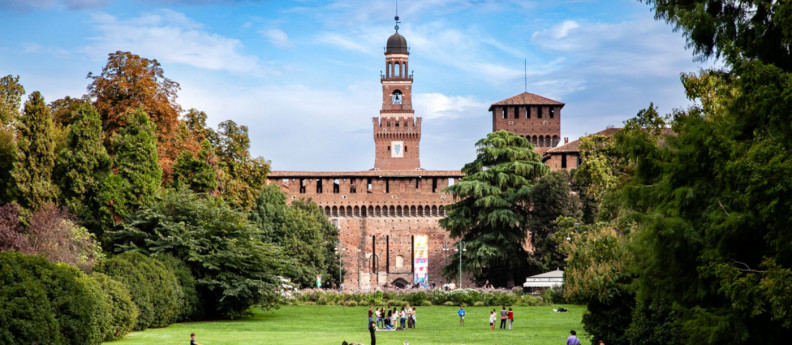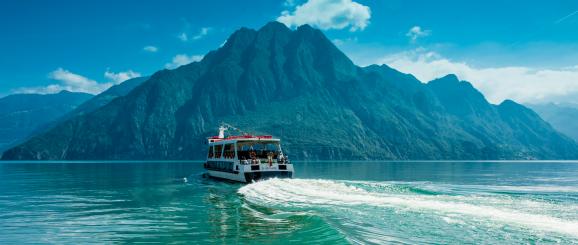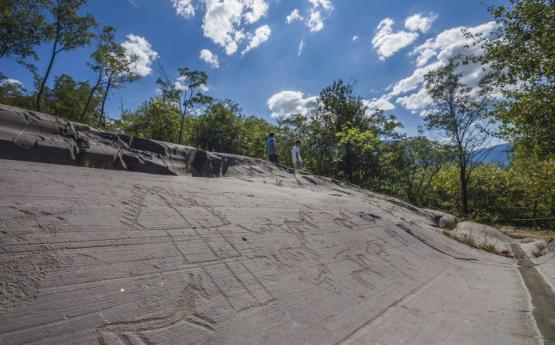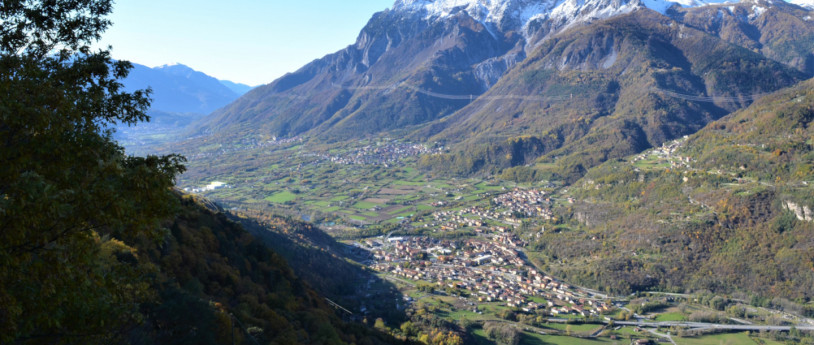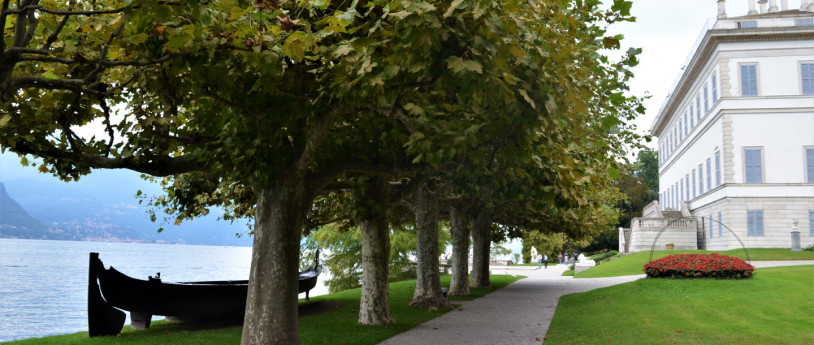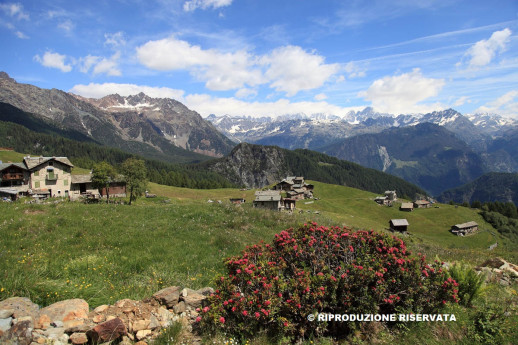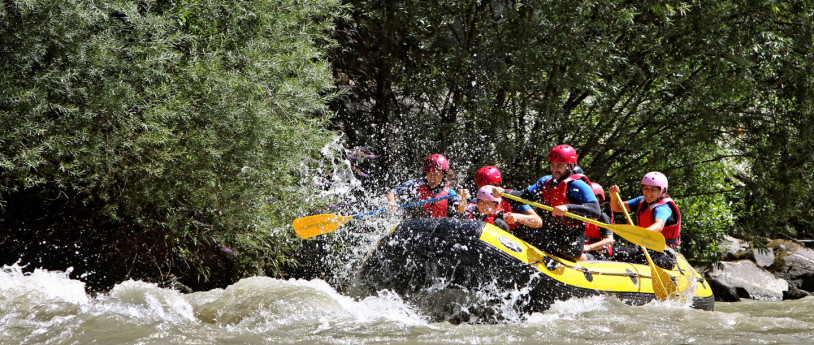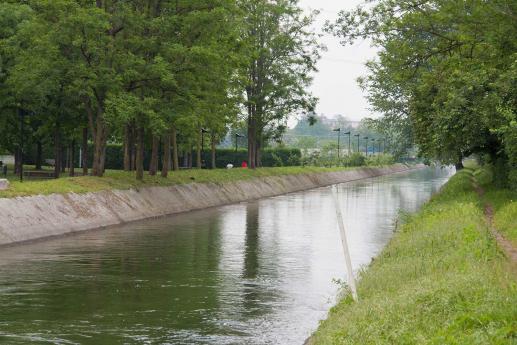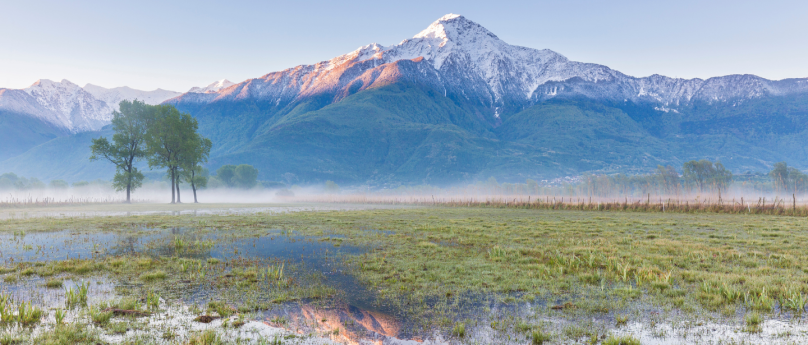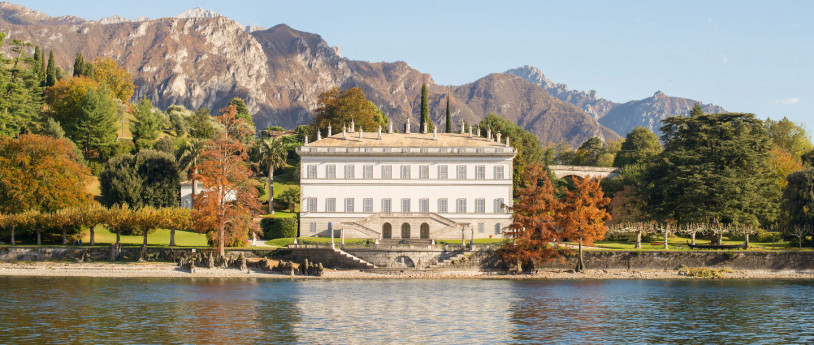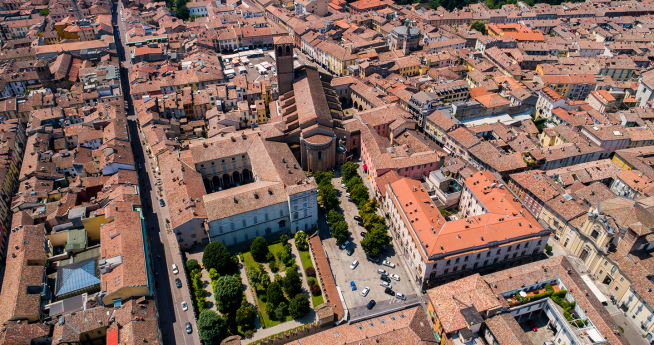- Active & Green
- Art & Culture
- Parks
Gera d'Adda: legends flowing between Adda and Milan
The Po Valley sea, the origin of a people and its myths, the legendary waters of battles and the centuries-old charm of churches and mansions.
Lombardy is a region rich in wooded areas, so dear to its first Celtic inhabitants who named it Brigantia, but also in waterways and lakes. Remnants of glaciation are found in vast areas, once marshy to form extensive basins.
Lake Gerundo or Mare Padano was one of these 60 km long, from which even islands emerged and in which sea creatures lived. One of them that lived in the time of the Lombards gave Theodolinda cause for concern, who called in St. Columbanus, a monk with extraordinary powers who miraculously defeated it, for protection. The dragon Tarantasius is recalled in several local legends, including in the form of a snake as long as ten meters, sighted on the Bergamo and Lodi banks of the Gerundo.
In the thirteenth century it was another saint, Christopher, who eradicated the menace. Between Vaprio and Cassano d'Adda there is still a locality named Taranta, on the road to Treviglio, right on the Geradadda territory, which gave its name to the Lake derived from "Gera," meaning gravel from the Adda, alluding to the often gravelly bottom deposited downstream by alluvial rivers. We are often reminded of the dragon Tarantasio by naming the Visconti lords of Milan, from Uberto to Ottone, whose origin is handed down in memory of the heraldic coat of arms, a bison symbol of the city and beyond. No more lake monsters, no more lake, especially thanks to the reclamation work of the Benedictine monks during the Middle Ages.
Leaving behind Vaprio d'Adda, a river town also frequented by Leonardo, let's imagine skirting Lake Gerundo as far as Cassano d'Adda, where the river runs parallel to the Muzza, an artificial canal built by the Romans. On these shores there was no shortage of memorable events, the passage of Barbarossa here repelled, the defeat of Ezzelino da Romano, the erection of the fortress that Bernabò visconti made a lordly residence as a gift to his wife.
So many battles between the 1700s and 1800s remembered by the historic bridge and the small Revellino ossuary. Places that rise between these two riparian centers should not be missed, especially the hamlet of Groppello with its picturesque Rodon, a water wheel used to bring water to the nearby 16th-century archbishop's villa, while on the opposite bank is Fara Gera d'Adda. Here the past speaks Lombard since the 6th century, when the third king of the Lombards, Autari, settled his tribe, so-called Fara, on the banks of the Adda.
Here the king built a palace and a basilica of Arian worship, called Fara Autarena. This was followed by the conversion to Catholicism and the feudal evolution of Fara, which was fortified and then attacked by Frederick Barbarossa. Today one finds these remains, as well as the greenery of the Adda Nord Park and the historic industrial buildings that sprang up here in the late 1800s and early 1900s, the Linificio Canapificio Nazionale and its hydroelectric power plant.
Text edited by ELISA COLNAGHI, ConfGuide-GITEC licensed guide.
If you enjoyed this story, CLICK HERE to discover its various itinerary suggestions.


